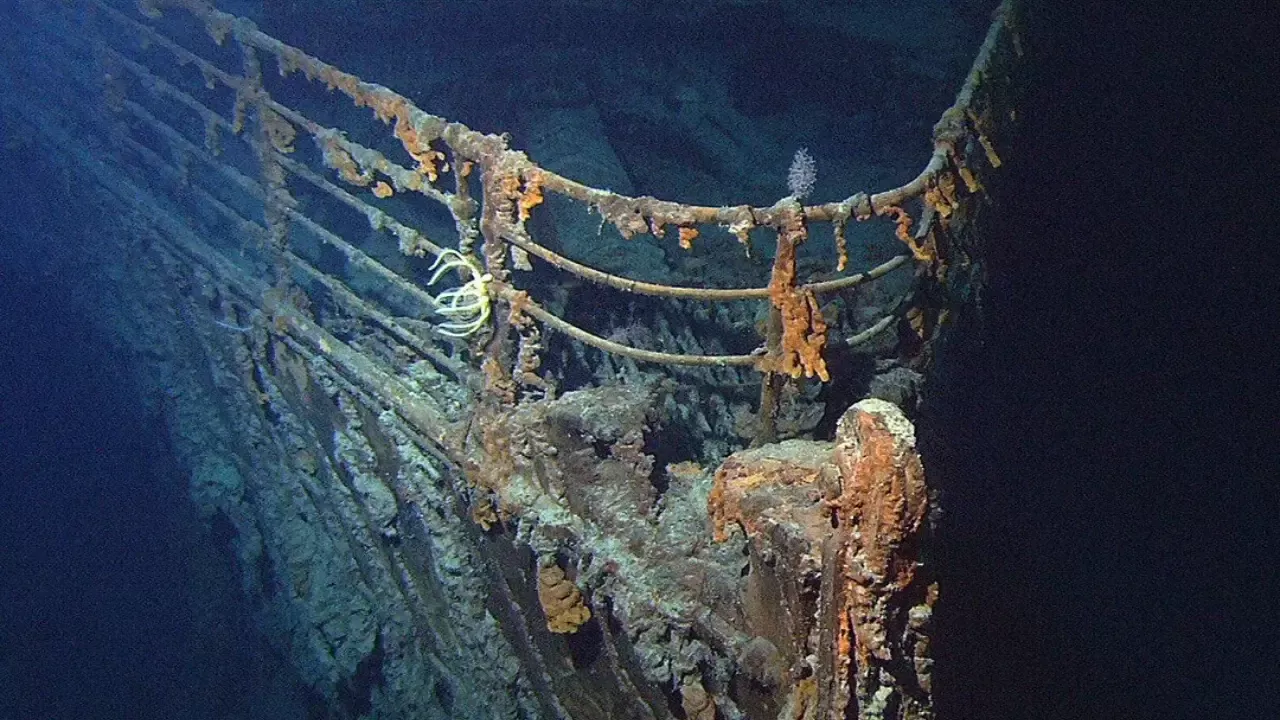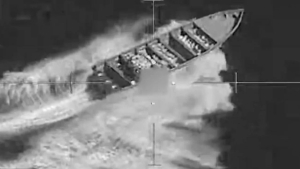
In 1985, the search for the Titanic liner in the Atlantic Ocean served as a cover for an ultra-secret and strategic operation carried out by the US Navy. This was reported by Zamin.uz.
This was revealed to CNN by the famous oceanographer Robert Ballard. As he emphasized, many at the time considered the Titanic search to be a simple scientific expedition, but in reality, it was a secret military operation conducted by naval intelligence.
The operation's goal was to locate Soviet Union submarines. Ballard disclosed the details of this secret operation on the 40th anniversary of the Titanic discovery.
His primary task was to identify the sunken US nuclear submarines "Thresher" and "Scorpion" in the Atlantic Ocean. For this purpose, Ballard used a specially developed robotic search device called "Argo."
With this technology, he was able to transmit video remotely to the ship. Ballard convinced the US Navy to allocate the necessary time and resources for the expedition.
However, despite many years of thorough planning, there was no clear vision for finding the Titanic. This was due to the limited time allocated for the search and the advanced ship sonar system used by a team led by French engineers.
This technology was expected to help locate the liner's sinking site more quickly, but the constraints of time and resources did not fully guarantee success. Ballard also mentioned that studying the remains of the "Scorpion" submarine provided valuable information for identifying the Titanic disaster site.
After the large liner sank, it left a long chain of debris. While it was previously assumed that these were gathered in one place, according to Ballard, heavier objects sank to the seabed, while lighter parts sank more slowly.
This information is of great importance for future underwater research.







